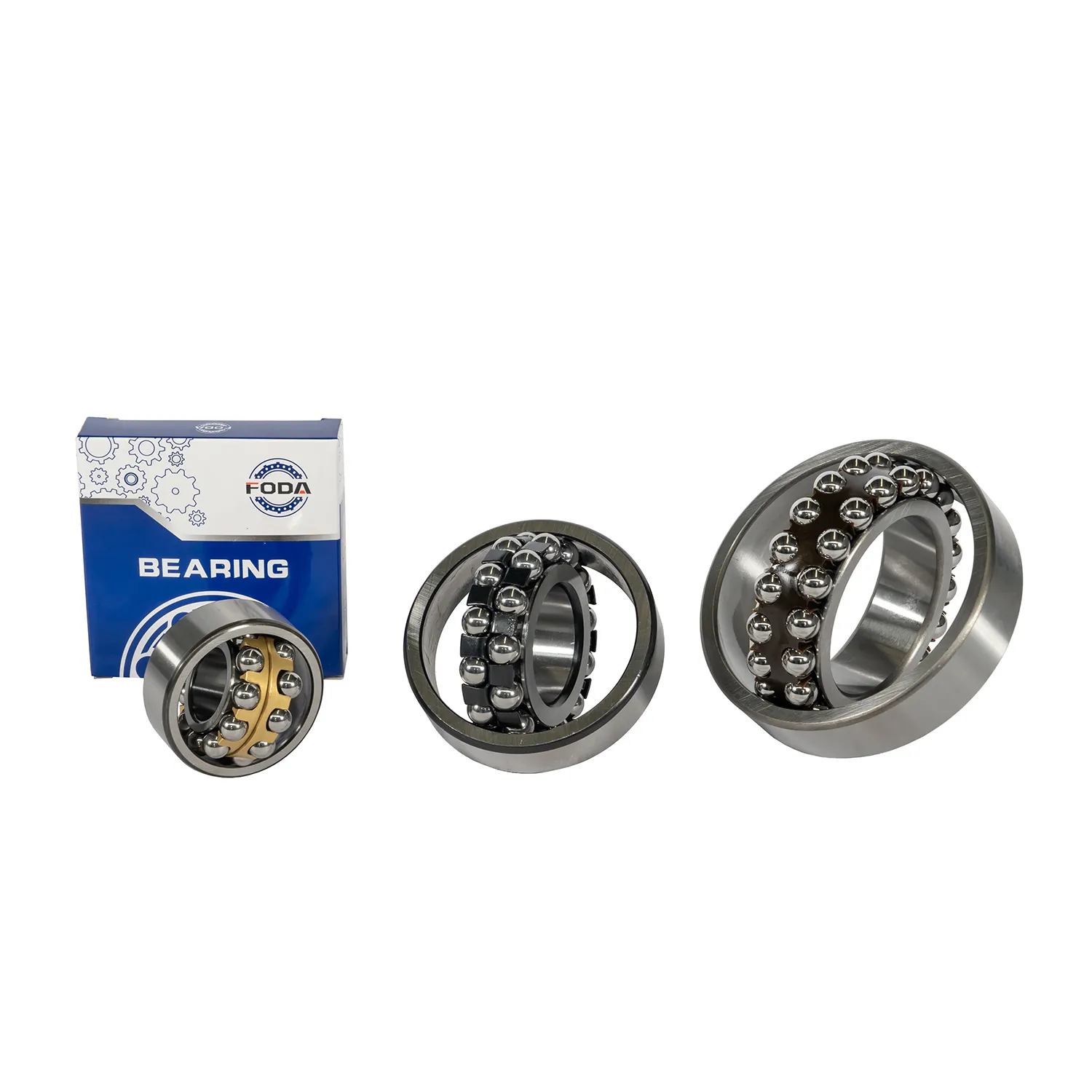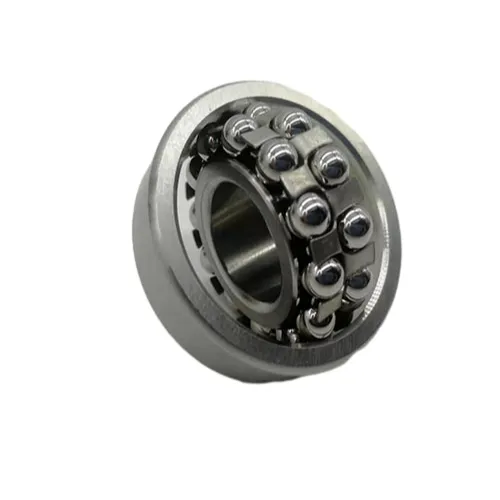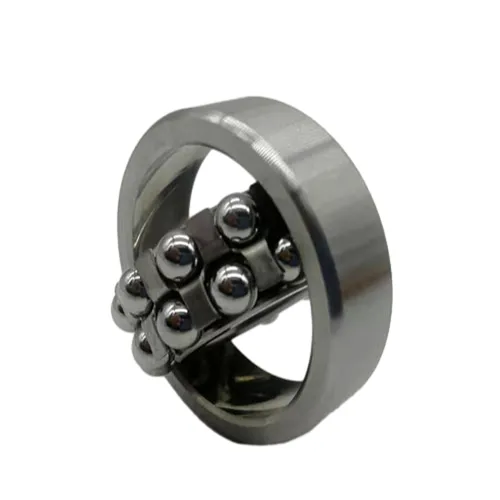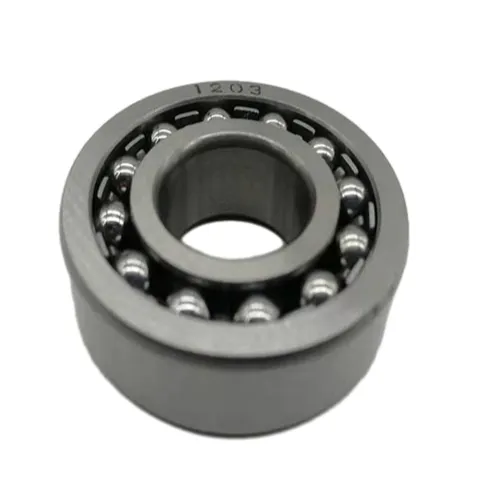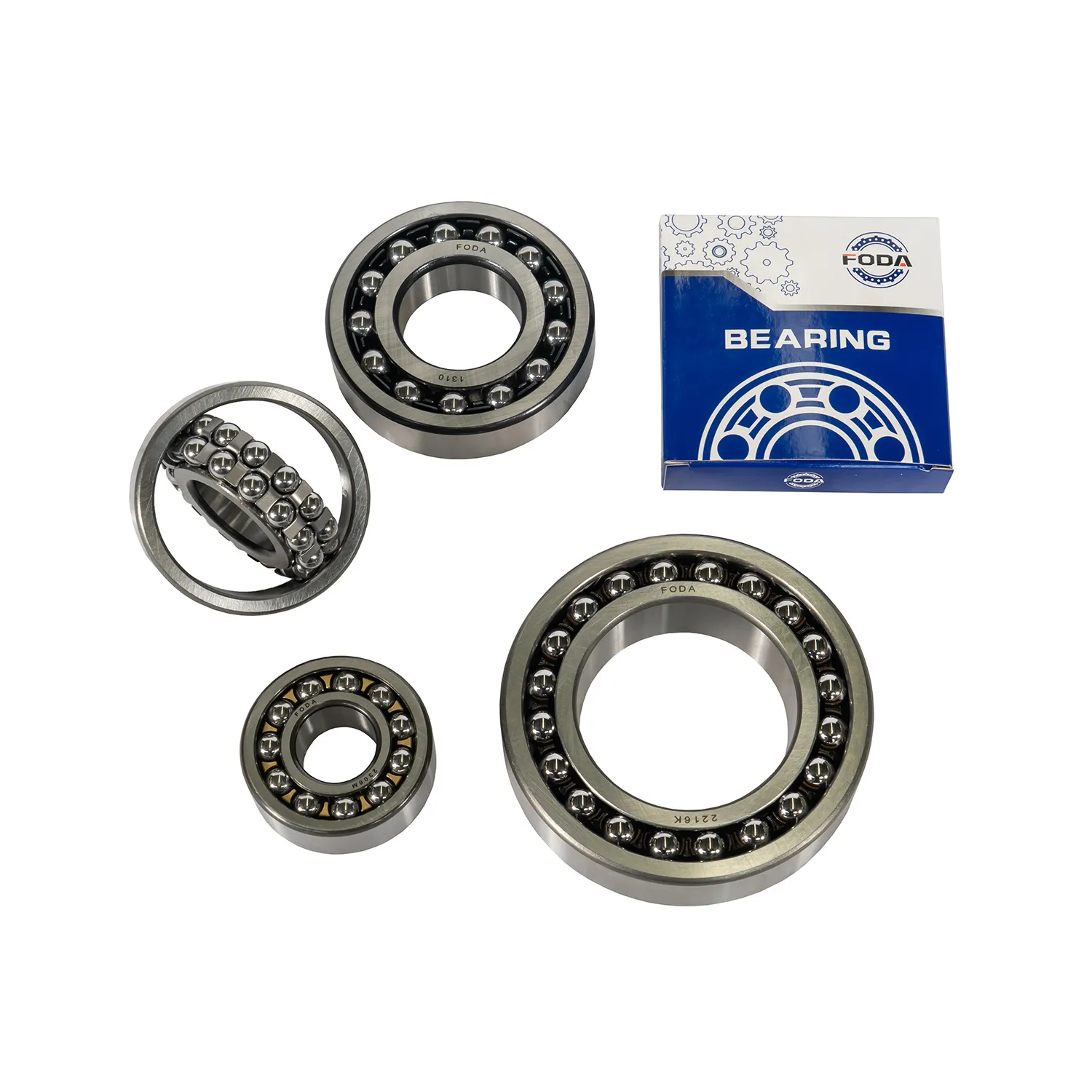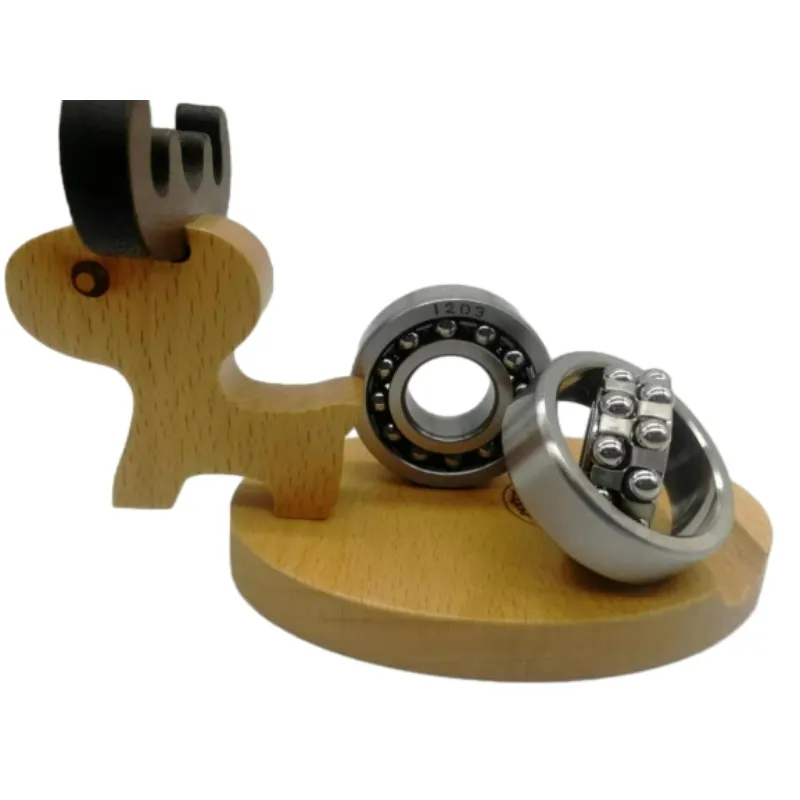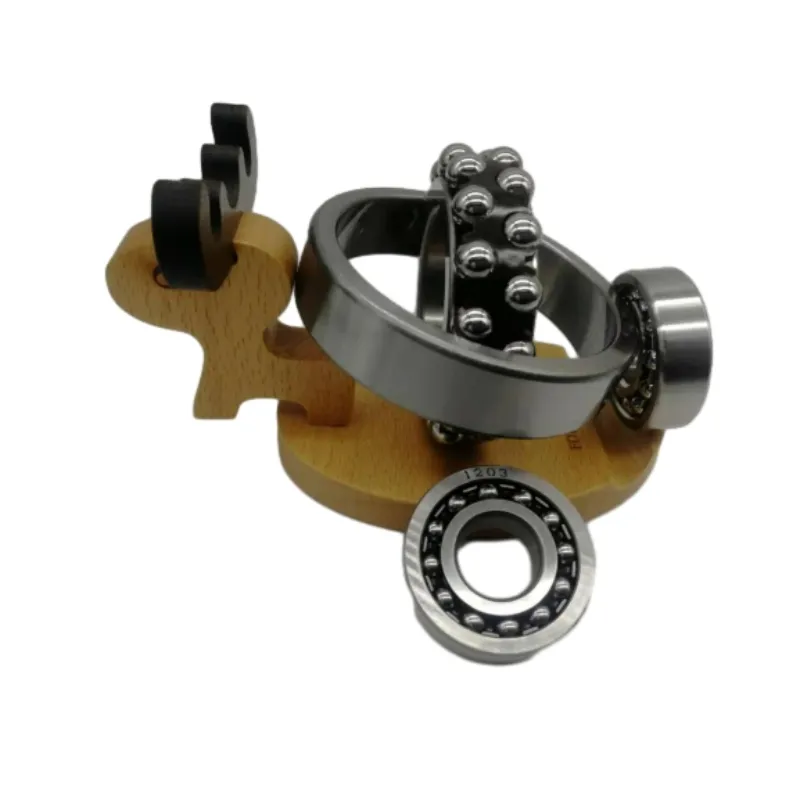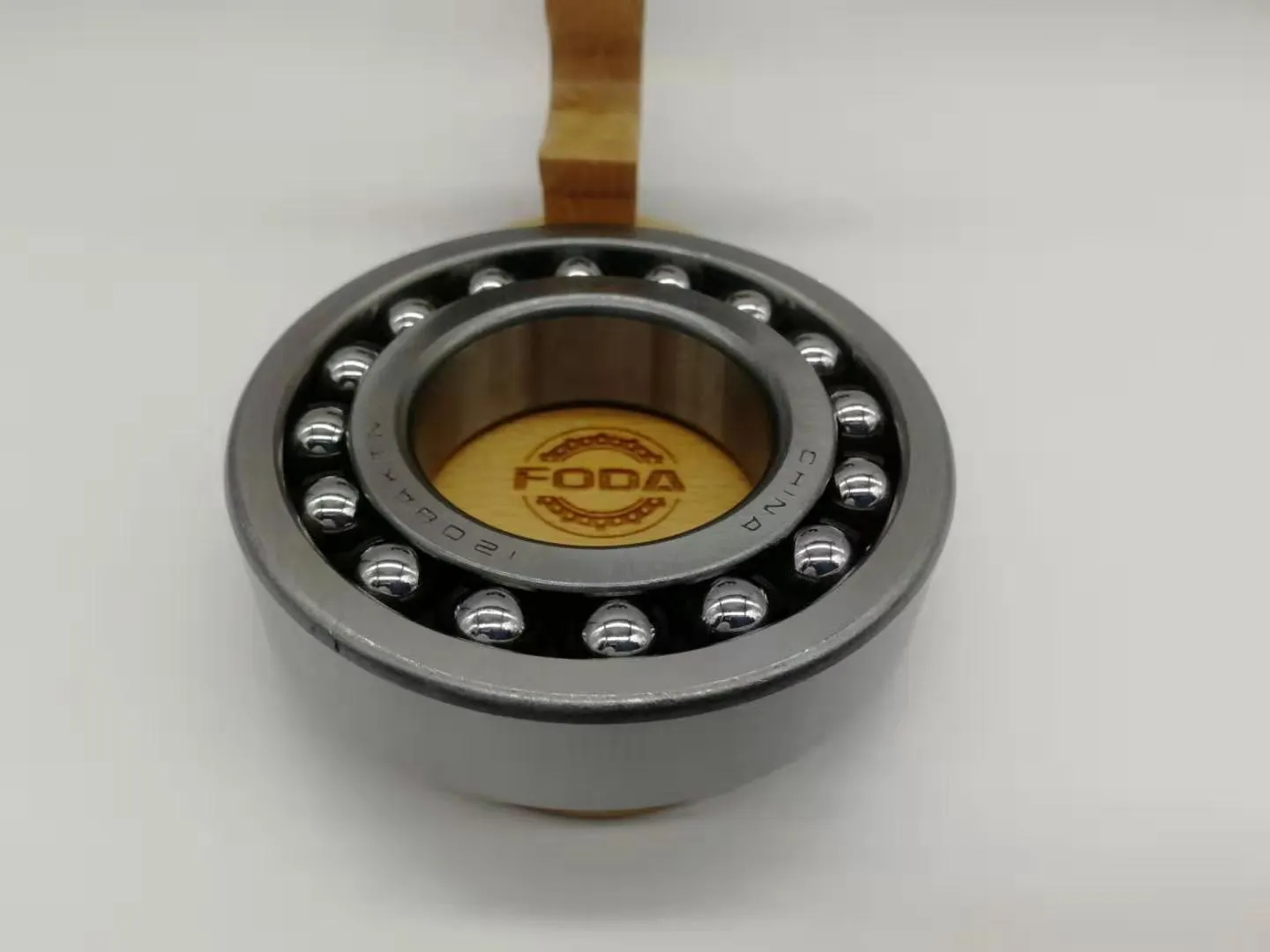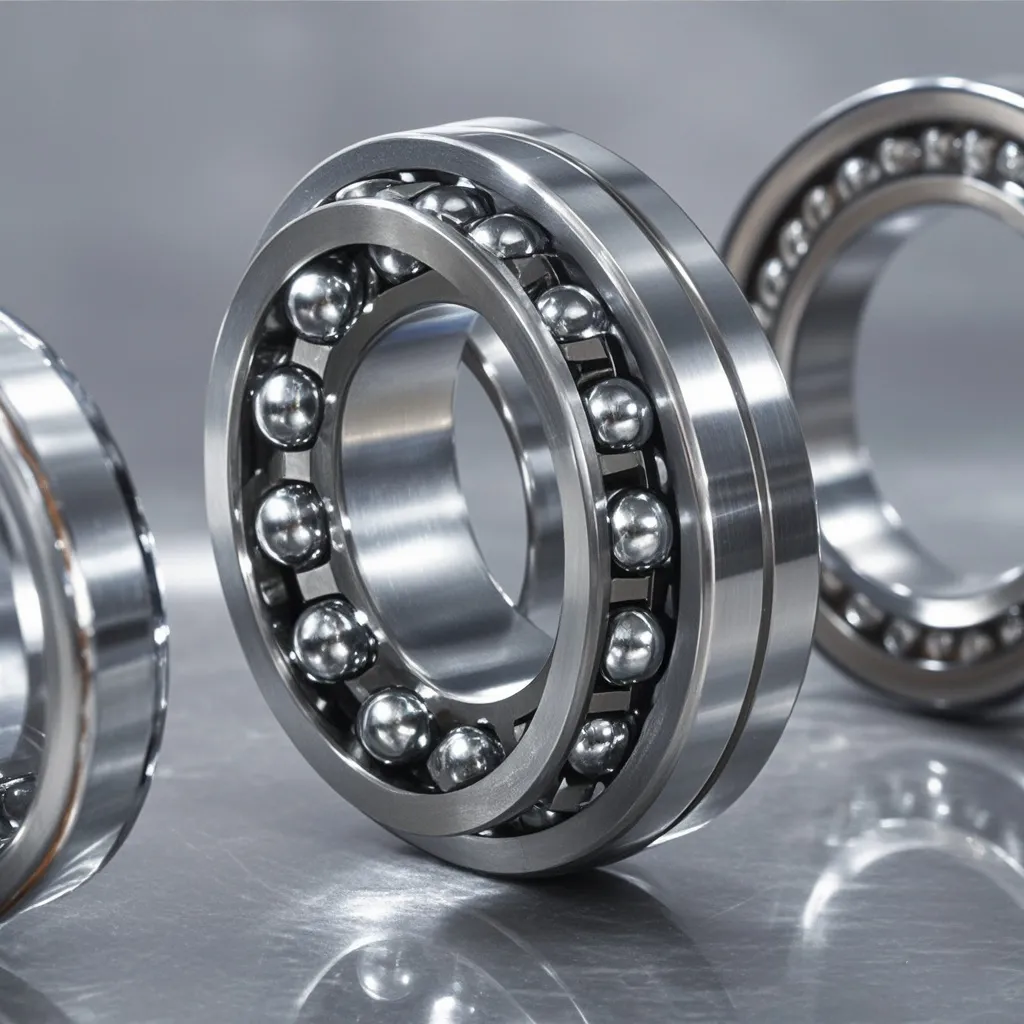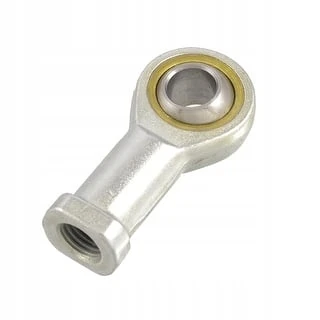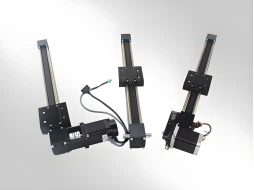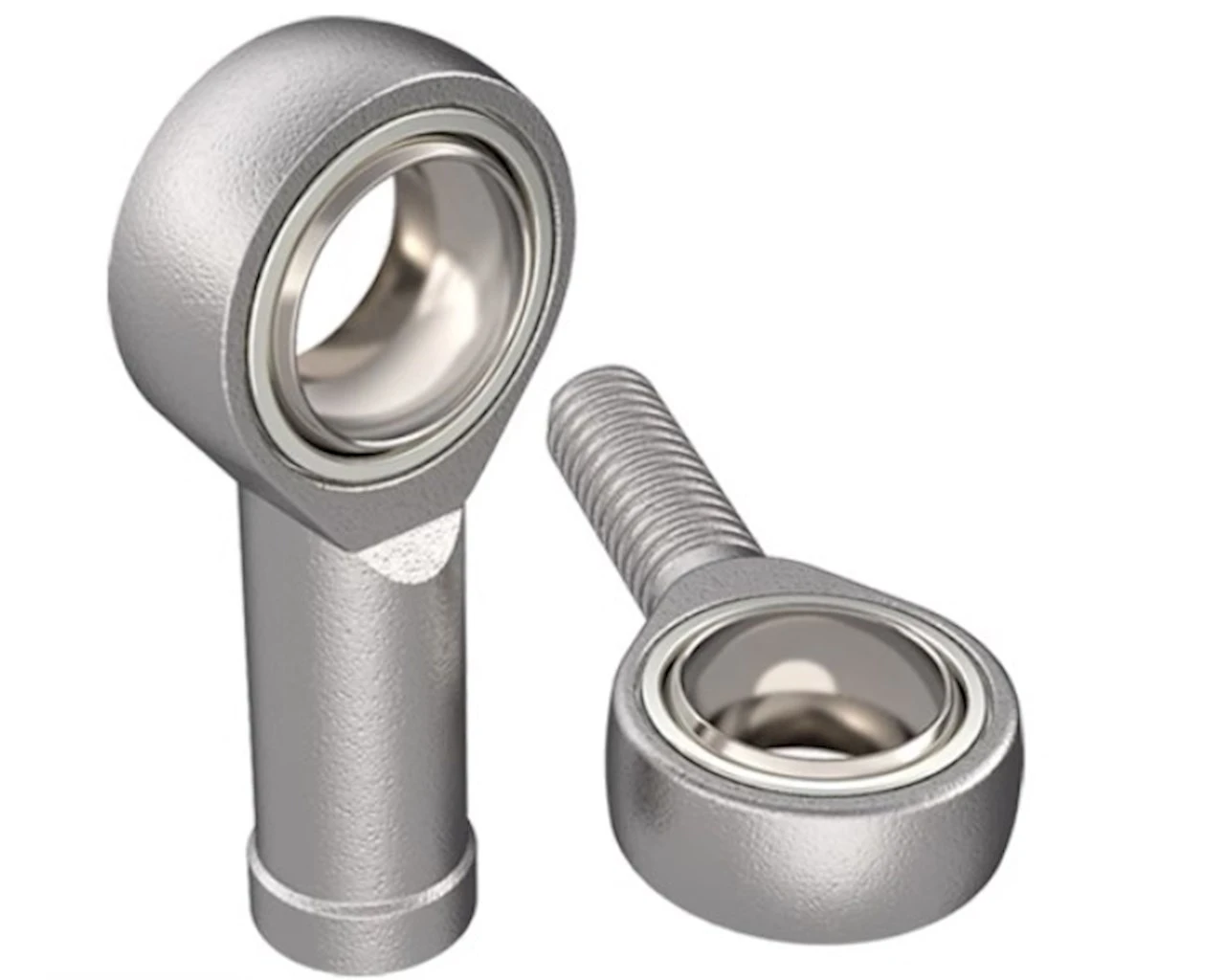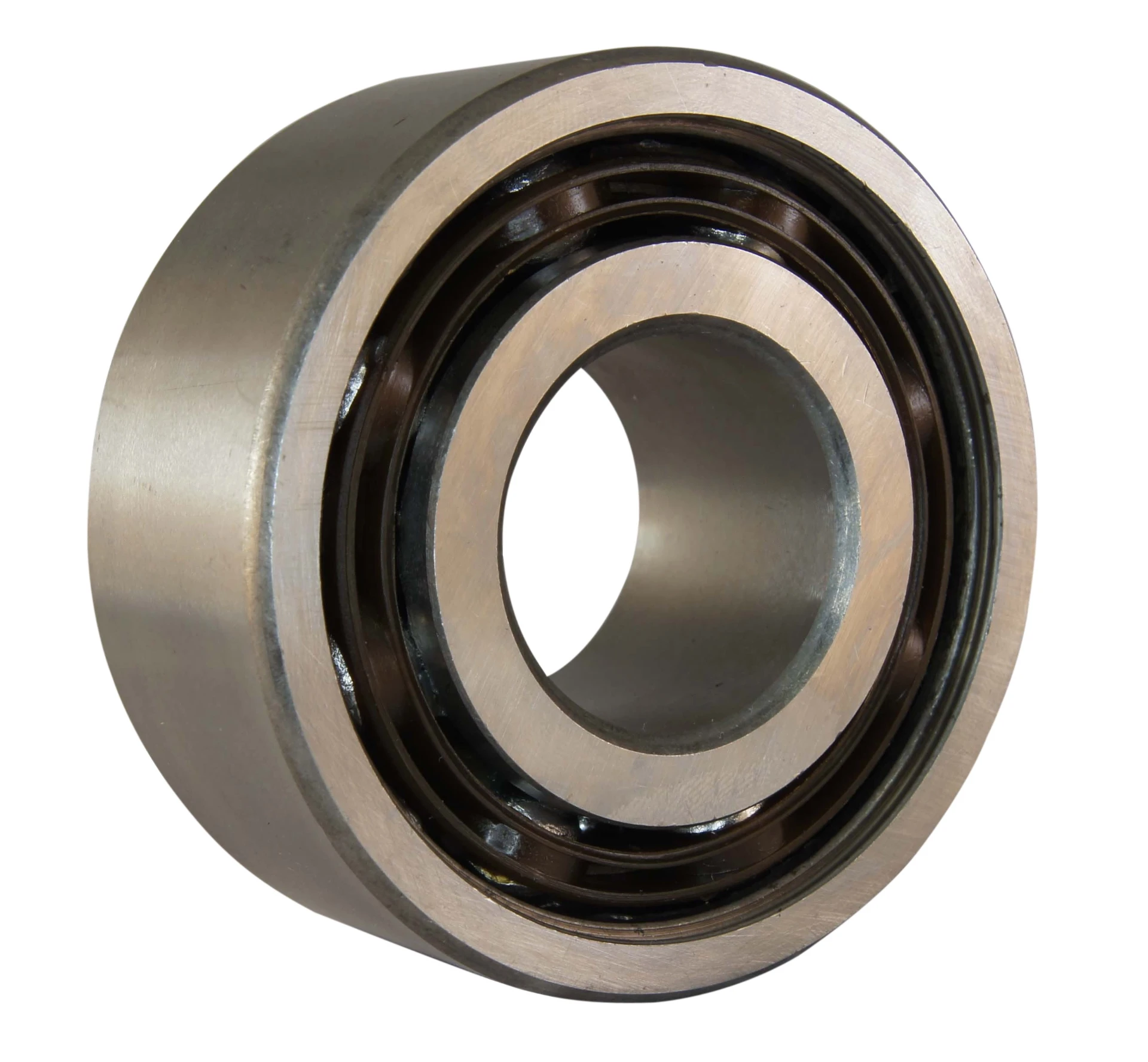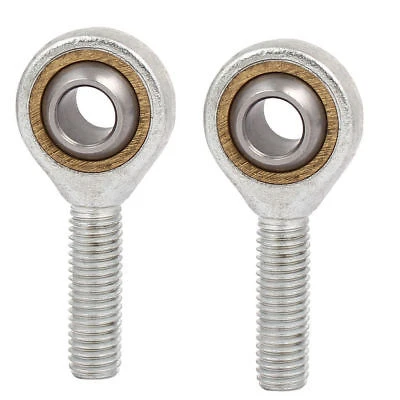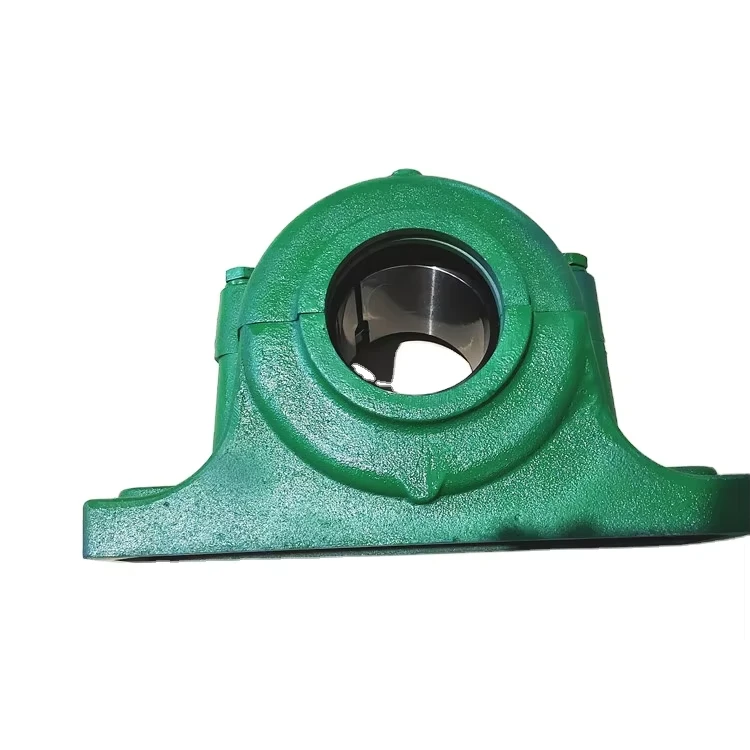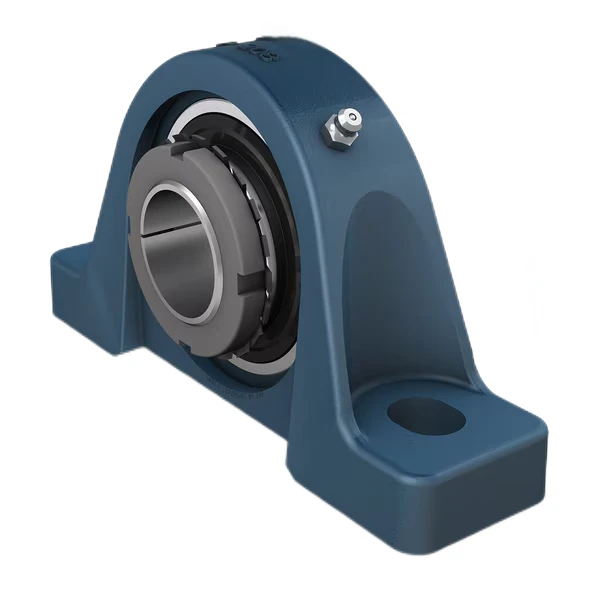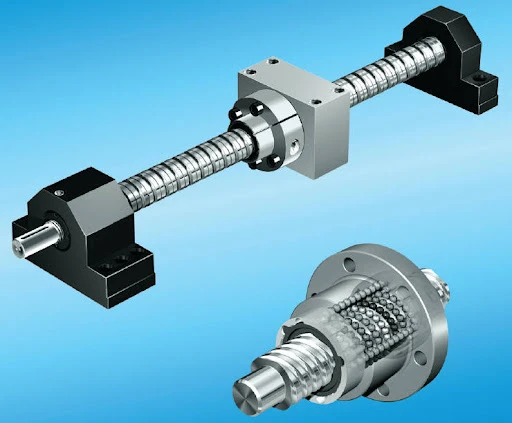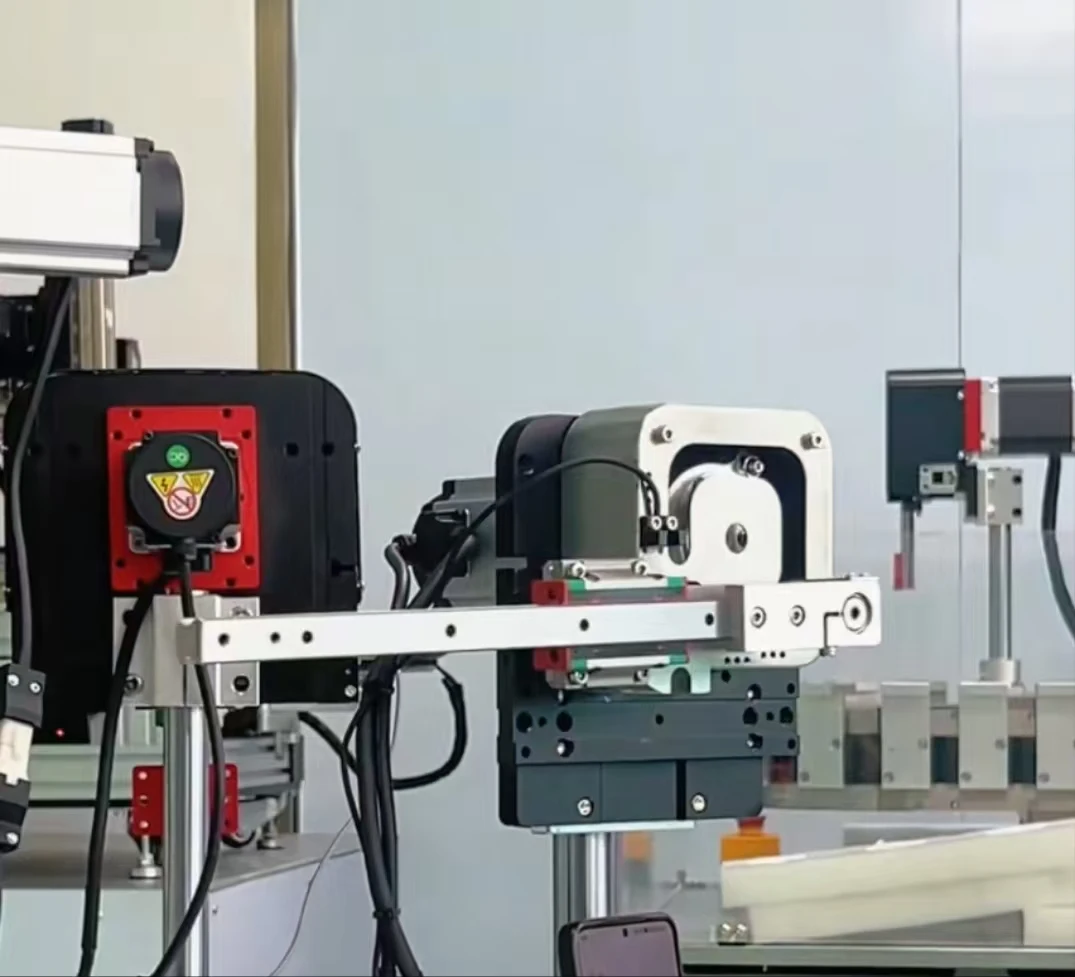Self-aligning Ball Bearing
 Characteristics
Characteristics
1. Automatic aligning ability: It can compensate the Angle deviation caused by installation error and shaft deformation, and reduce the vibration and noise in the operation of the equipment.
2. Bearing capacity: can withstand radial load and two-way axial load.
3. Small friction coefficient: smooth operation, high efficiency.
4. Easy installation: the installation accuracy requirements are relatively low.
 Basic Parameters
Basic Parameters
1. Inner diameter, outer diameter and width: determine the size of the bearing to adapt to different installation space and load requirements.
2. Rated dynamic load and rated static load: indicates the load capacity that the bearing can withstand under dynamic and static working conditions.
3. Limit speed: refers to the highest speed that the bearing can achieve under certain load and lubrication conditions.
 The Working Principle
The Working Principle
Aligning ball bearings mainly rely on rolling elements (steel balls) between the inner and outer ring raceways to achieve rotation. When there is an Angle deviation between the shaft and the bearing seat, the spherical raceway of the outer ring can be automatically adjusted, so that the steel ball always maintains good contact with the raceway, so as to ensure the normal operation of the bearing.
 Application Fields
Application Fields
1. Papermaking machinery: In high-speed papermaking equipment, aligning ball bearings can adapt to shaft deformation and installation errors to ensure stable operation of equipment.
2. Fan: can withstand the radial and axial load in the operation of the fan, and adapt to the Angle deviation of the shaft.
3. Mining machinery: in harsh working environment, aligning ball bearings can withstand large impact load and Angle deviation.
4. Agricultural machinery: such as tractors, harvesters, etc., to adapt to the change of shaft Angle under different terrain and working conditions.
5. General machinery: aligning ball bearings are also widely used in various transmission devices, reducers and other equipment.
- Previous: Angular Contact Ball Bearing
- Next: FODA Deep Groove Ball Bearing
RELATED PRODUCTS


